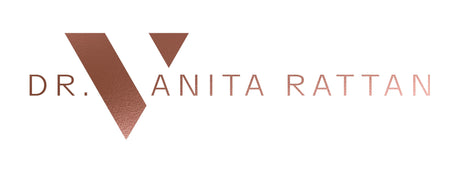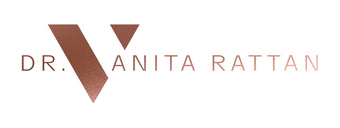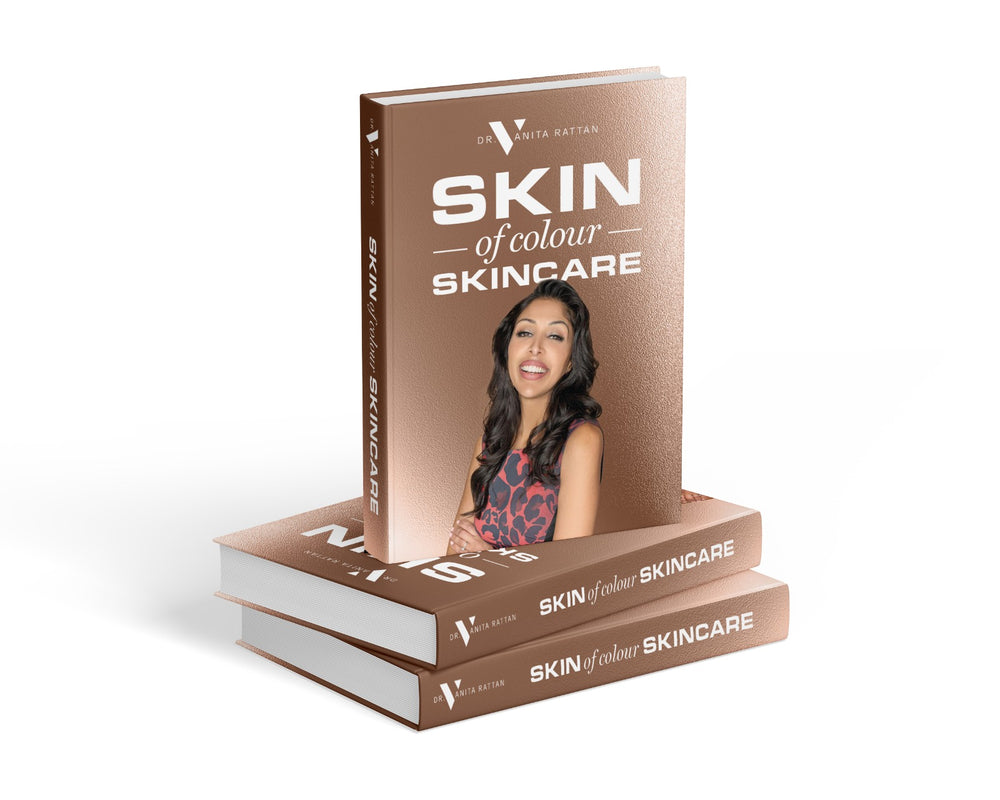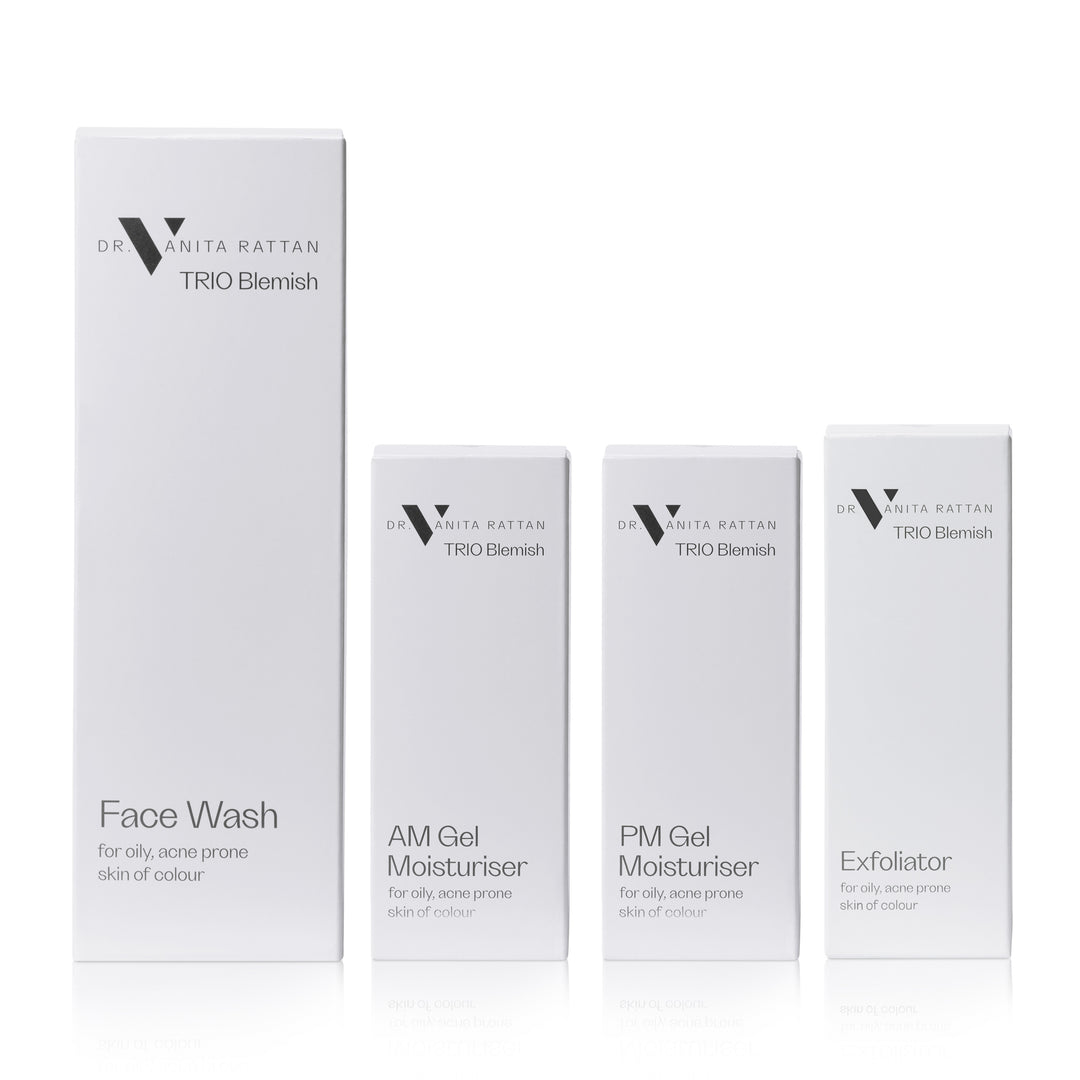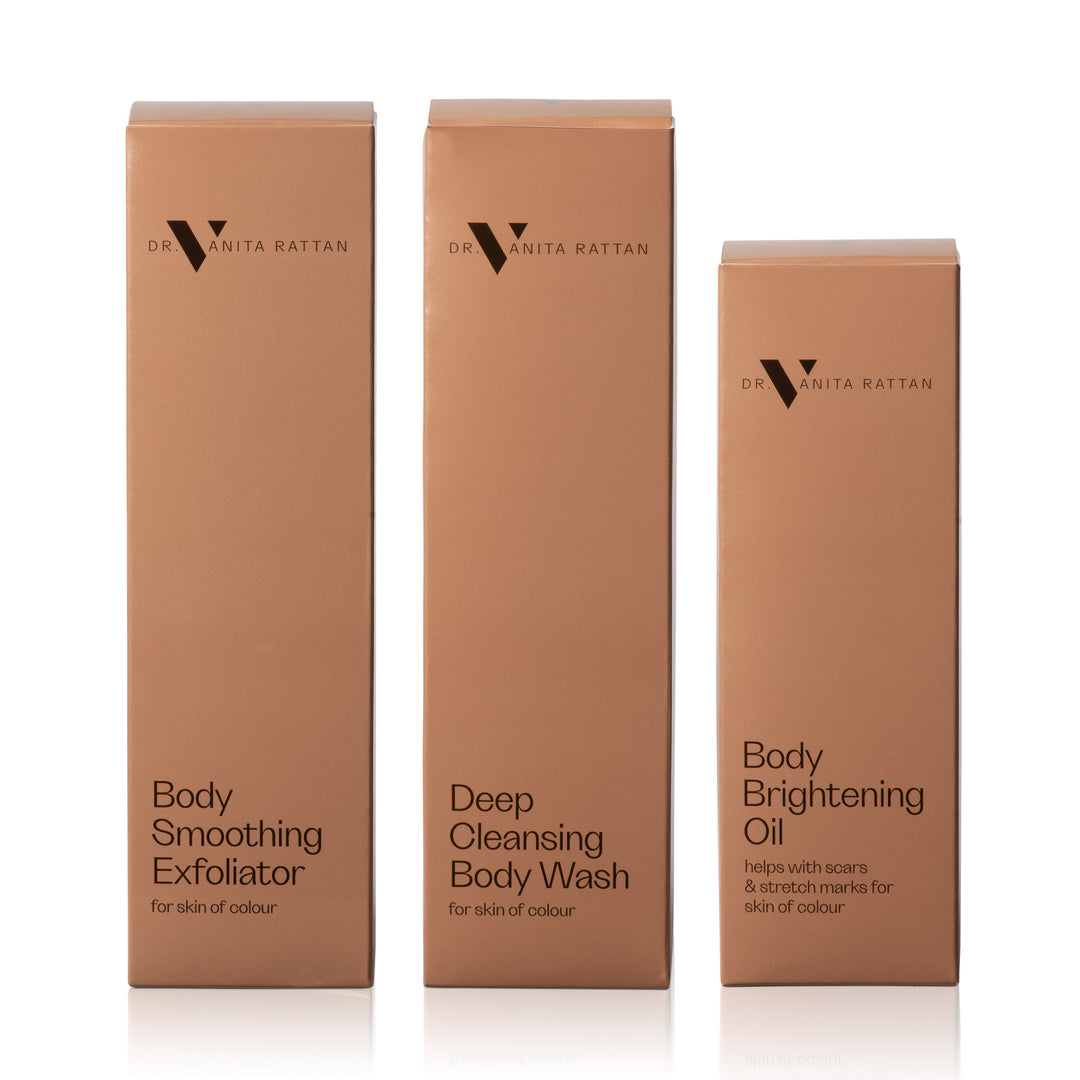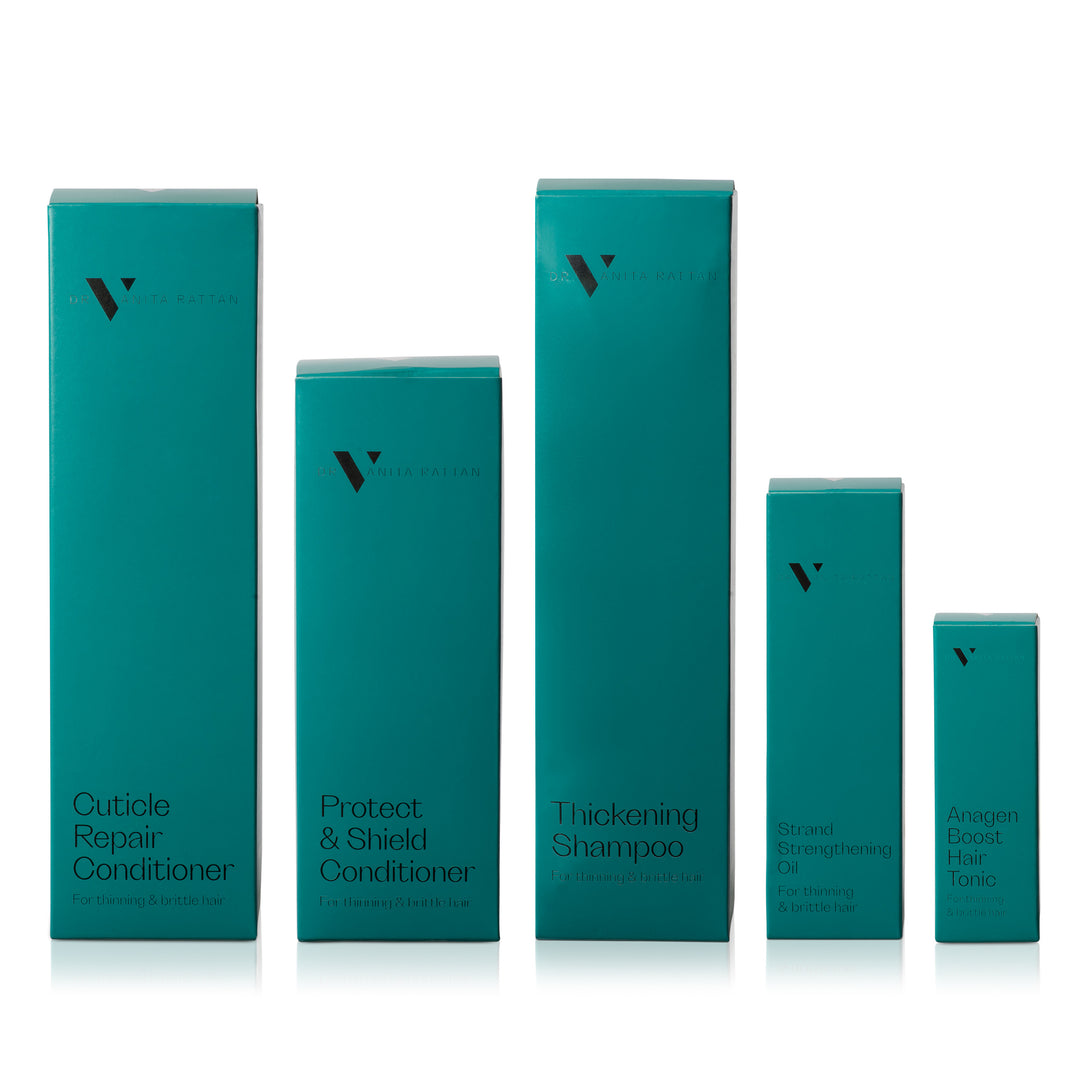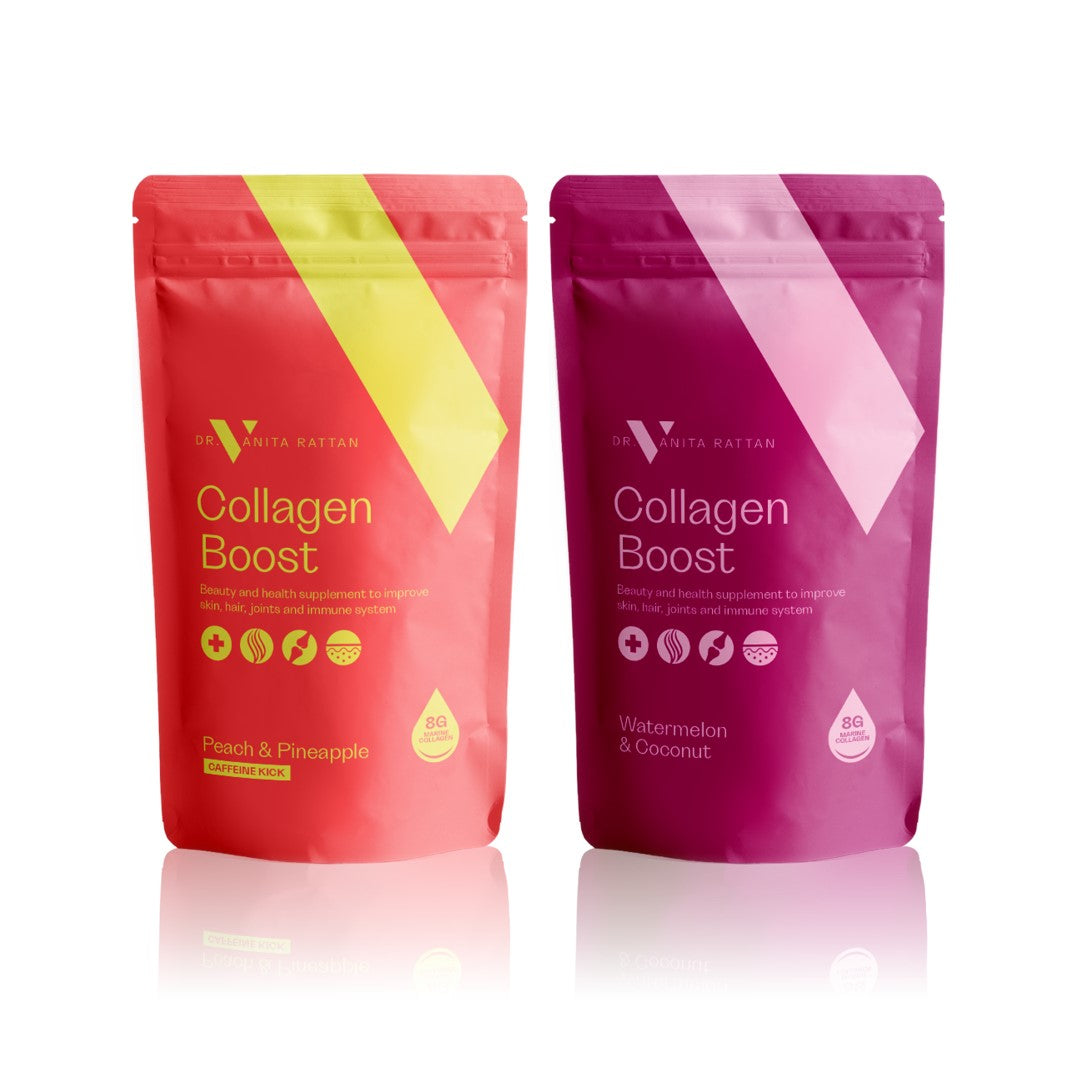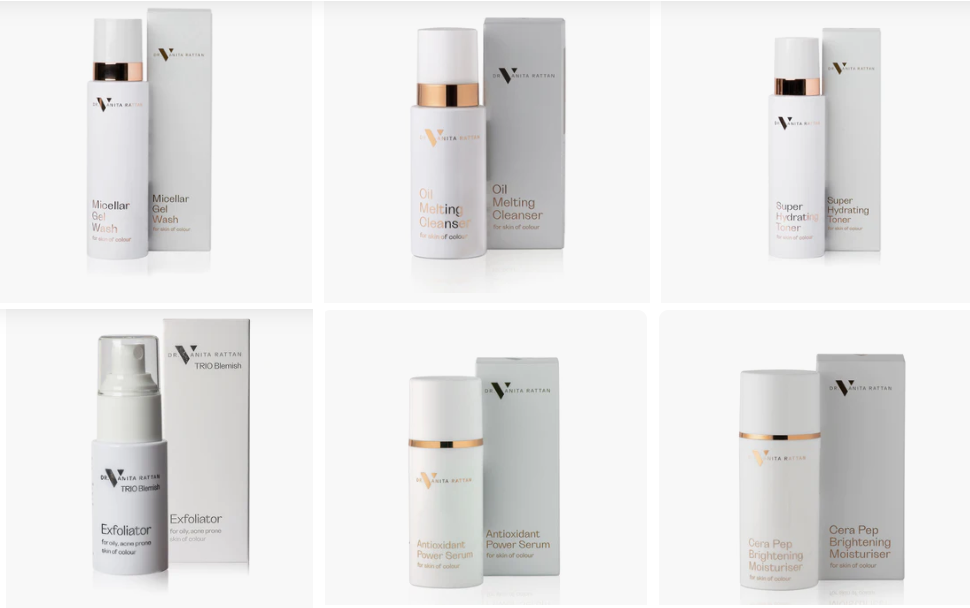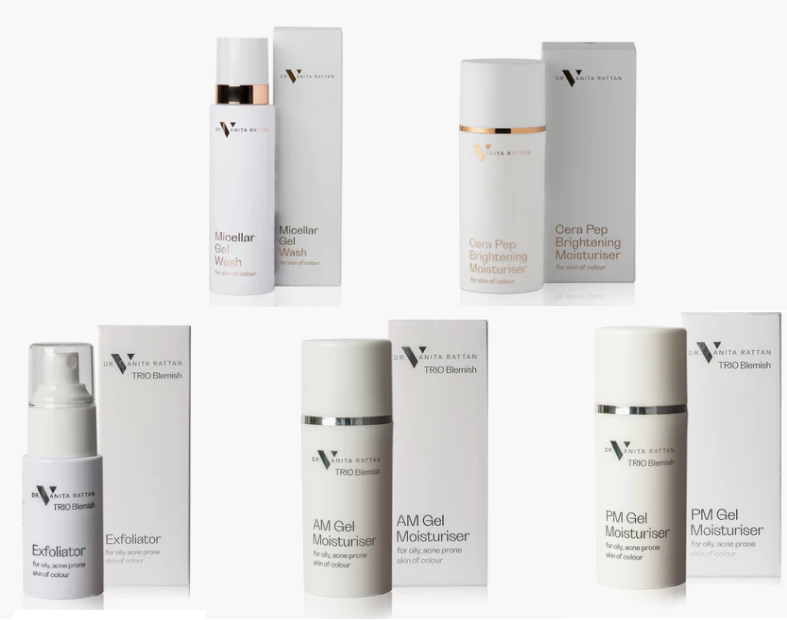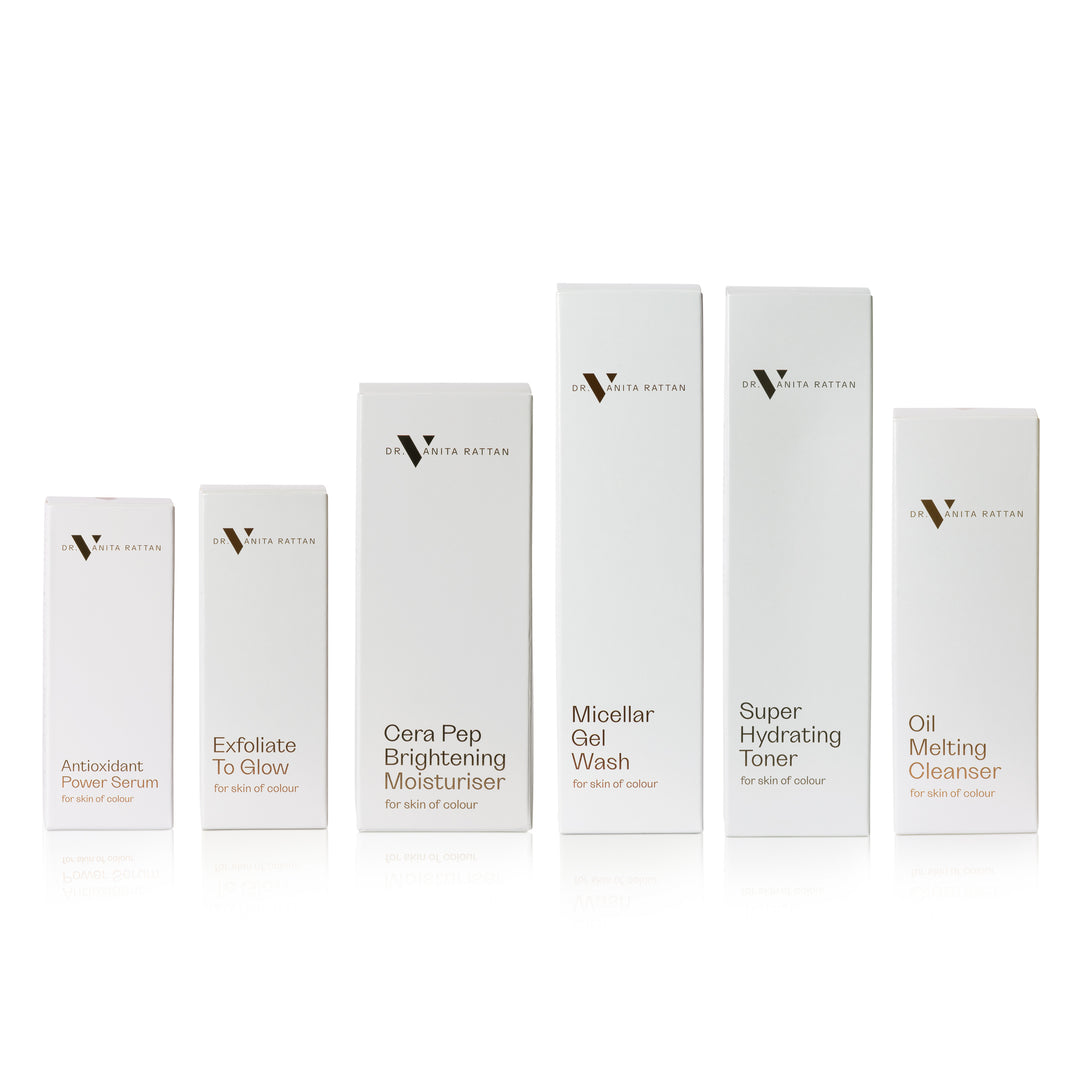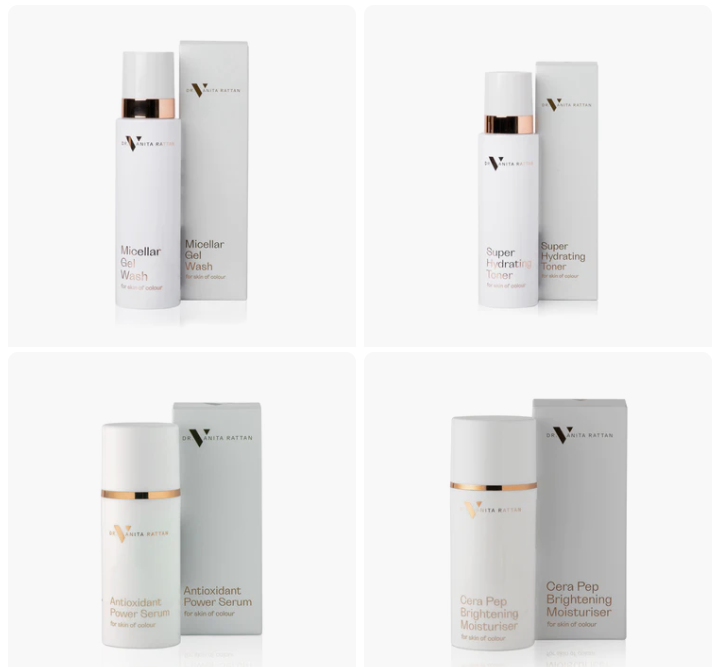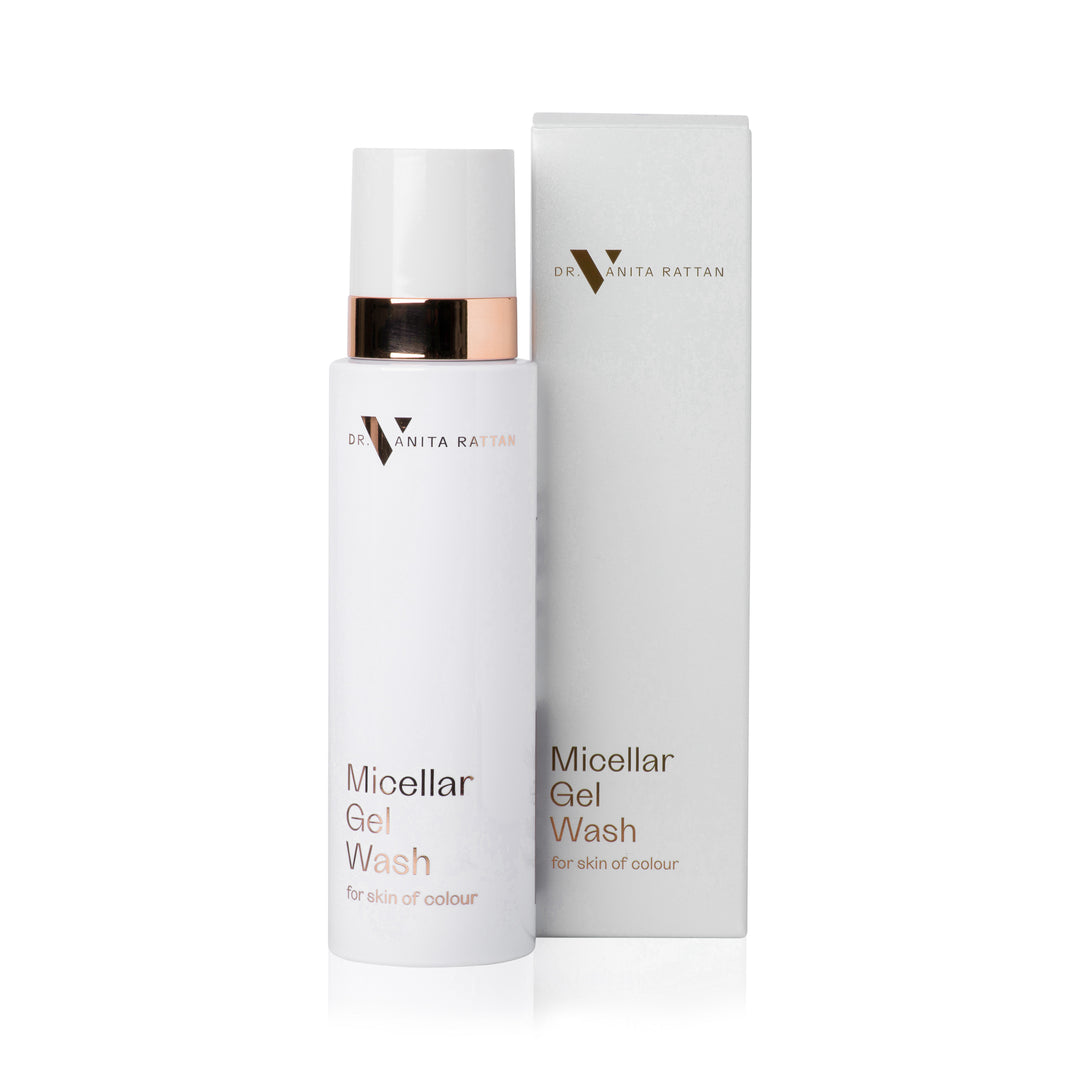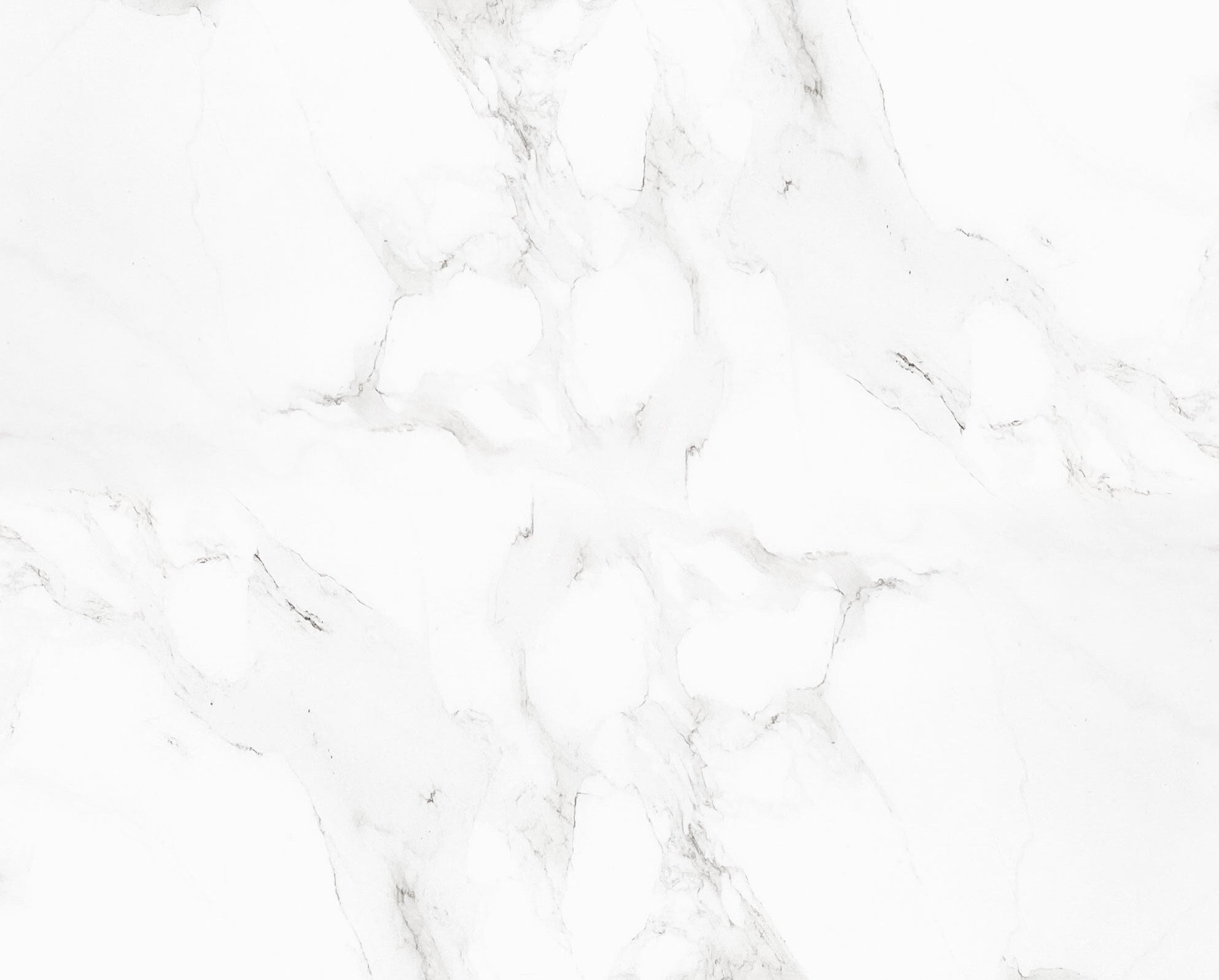How to treat scars
Scarring is the process when wounds repair themselves. Damage to the deeper layer of the skin, the dermis results in producing a scar. Scars produce a structural change in the deeper layers of the skin which is perceived as an alteration in the architecture of the normal surface features.
The first step is to evaluate the age, size, colour, location, texture and tension of the scar.
Types of Scars & Treatments
HYPERTROPHIC SCARS
Hypertrophic scars are the result of excess collagen being produced at the site of a wound. Hypertrophic scars do not extend beyond the boundary of the original wound.
TREATMENT OPTIONS: silicone sheets / gel at time of healing to create an occlusive environment.
KELOID SCARS
Keloid scars grow beyond the original wound and can look very swollen and shiny. They can also form many months or years after a small injury to the skin. Avoid lasers and piercing of the skin.
TREATMENT OPTIONS: steroid injection.
ATROPHIC SCARS
These are sunken, pitted scars and occur when some of the underlying structure has also been damaged and lost. A deep surgical scar will sometimes have this appearance.
TREATMENT OPTIONS: microneedling.
BOXCAR, ROLLING AND ICE PICK SCARS
These are all types of atrophic scar and are common after acne. A boxcar scar presents as a broad indentation with sharp, well-defined edges. This can be the result of chicken pox, for example. Rolling scars are similar to boxcar scars, but shallower with smooth edges that give the skin an uneven look. Ice pick scars are narrow and deep and can be more challenging to treat
HYPERPIGMENTED SCARING
These are at the border between the epidermis and dermis where the melanocytes live – these cells produce the pigment in melanin. If any type of inflammation takes places, that will trigger them.
TREATMENT OPTIONS: Dr V Hyperpigmentation kits, chemical peels, microdermabrasion,

PROTECTION
Wear SPF50, its vital you protect your skin with maximum protection of UVA and UVB rays, your skin has already suffered trauma and needs to avoid any further harm. Dr Vanita Rattan Inzincable SPF50 Mineral Sunscreen offers you all the protection you need.
Dr V’s Magic Cream is perfect for children who are experiencing scaring, it’s a gentle cream designed for childrens' skin (3 years+), to reduce the appearance of mild pigmentation, from minor cuts, bruises, rashes, spots. It contains STAR ingredients such as…
Niacinamide: reduces hyperpigmentation
Tetrahexyl decyl ascorbate: (lightens hyperpigmentation)
Liquorice root extract: tyrosinase inhibitor (lightens hyperpigmentation)
Tocopheryl acetate: Anti oxidant - Sodium Hyaluronate: Humectant (powerful water magnet)
Cetearyl Alcohol: Emollient, skin softener. This is a long chain ‘good’ alcohol that creates a healing environment for the skin. (Not Denatured alcohol, a short chain alcohol that can dry the skin)
Glycerin: Humectant (water magnet creating a healing environment for skin)
Jojoba Oil: wax ester, similar to sebum and an effective moisturiser, semi occlusive coating to the skin allowing skin to be protected from environmental stress.
Dimethicone and cyclopentasiloxane are silicones creating a hydrating environment for softer, flatter scar formation.
Panthenol and allantoin: anti inflammatory
